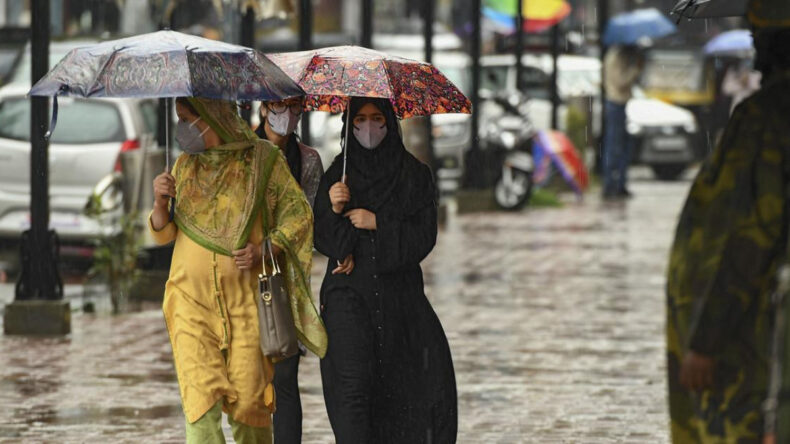The last few years have been India’s hottest years. Here are some weather updates as predicted by the Indian Meteorological Department (IMD).
On Monday, 22nd May 2024, Najafgarh, a town in South Delhi recorded a temperature of 46.2°C. It’s the highest-ever recorded temperature in the Delhi NCR region. Pitampura and Narela in Delhi also recorded a temperature of 45.8°C and 45.3°C, respectively.
IMD has predicted the same weather conditions will continue on Tuesday (i.e. today) and things might start getting better from 24th May, with the arrival of rain. However, for today a Yellow Alert has been issued in Delhi and its neighbouring regions. A fiery heat wave can be experienced in the northern regions of India.
In India, a heatwave is considered when the temperature in the plains reaches 40°C, 37°C in coastal regions, and 30°C in hilly areas.

Region-wise updates
As informed earlier, rainfall in India will begin early this year. According to predictions by the IMD, western disturbances in the Himalayan regions will bring rainfall to the northern states of India by Wednesday, 24th May (i.e. tomorrow).
Regions in Uttarakhand, Haryana, Delhi, Jammu and Kashmir, Ladakh, and Himachal are most likely to experience rain and stormy weather conditions over the next few days.
North Eastern states of Assam, Meghalaya, Manipur, Nagaland, Mizoram, and Tripura are going to witness widespread heavy rainfalls between 24 to 26.

States like Bihar, Sikkim, and West Bengal are likely to experience isolated rainfall and hailstorms in the coming days.
As for Rajasthan, the State should be prepared for dust storms and thunderstorms.
In the South of India, one can expect moderate rainfall in the next few days.
Effects of Climate Change
Moving on, these deteriorating weather conditions have led to an increase in Delhi’s energy usage. On Monday, Delhi’s power supply grid noted a significant increase. By 3:00 p.m., 6532 MW of energy was utilised by the capital. That is almost 4000 MW more than Sunday.
In South Asian countries, the reports suggest that the Heat Index is 41°C, which is dangerous for human beings. This will mostly affect the economically weaker sections of the society.
Moreover, predictions of the recurrence of heat waves every year have increased by 30 times in South Asian countries. This refers back to the heat waves witnessed in India, Bangladesh, Laos, Thailand, etc.
These weather conditions are much more harmful to the people who fall below the poverty line. People who have less income and are mostly dependent on others. Manual labourers and unskilled workers who work menial jobs to earn a living will be greatly affected by climate change over the years. Homeless people and stray animals will also face harsh repercussions. Vendors and hawkers who have no other option but to go out and make a sale will also be largely affected especially if they have chronic respiratory or heart conditions.

Climate change will also greatly affect the agricultural sector and lead to a number of fields being barren to grow crops. And this would lead to the lives of our farmers being under more threat. If we’re unable to grow crops, we’d have to import them and that would again lead to more inflation. Water scarcity will also be another issue that affects the lives of every single being on this planet, especially in a 3rd world country, such as ours.
If we do not want a repeat of the weather in Navi Mumbai that killed 12 people of a heat stroke, we must start using and conserving energy more efficiently.













